Part zoo, part theme park, part interactive museum, and part time travel machine, Pollinator Park is a free interactive virtual experience intended to create a fun, educational, and emotionally engaging entrance into the world of pollinators. It is intended for both kids and adults and is available either through a website or through use with Oculus (a virtual reality headset).
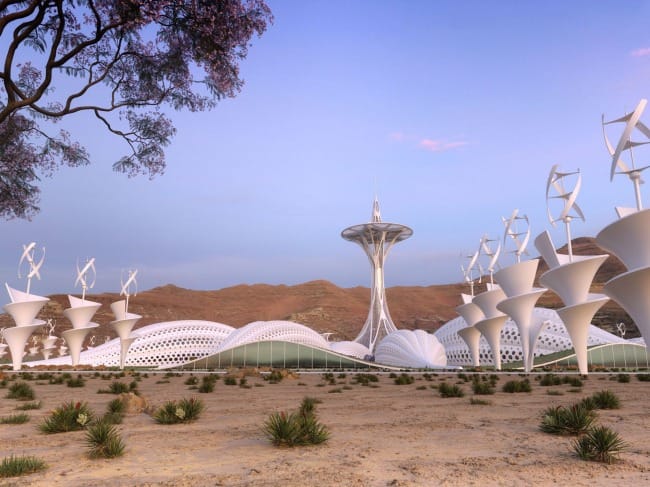
Through story and immersive computerized experience, Pollinator Park takes people into a world where the only pollinators left are those within the Park itself. It is the scenario that the game creators hope will be avoided by opening people's eyes to the calamity of such a future and the solutions that could be enacted.
The game was made as part of the 2023 European Union Pollinators Initiative, which set objectives for 2030 with the key priority of improving pollinator conservation and tackling the causes of their decline such as destruction of natural habitats, loss of resources, the explosion of pesticide use, and climate change. With more than 90% of the world's species of flowering plants dependent upon pollinators, and with human activity as the cause of these problems, there are plenty of reasons to change human activities. Humans have the capability to be the ones solving the problems in addition to the being the ones creating them.
The writer and creative director of Pollinator Park is Yasmin Van de Werf, who got the idea of Pollinator Park from watching Jurassic Park. The movie made her consider the difficulty of sparking people's empathy for pollinators in contrast to creatures such as dinosaurs. Pollinators are easily overlooked and can be seen as an annoyance (after all, many sting!), and thus it's easier for humans to care about creatures such as polar bears, monkeys, or even extinct species such as dinosaurs. The story aspect of Pollinator Park aims to help humans connect to pollinators in a way that will increase their empathy and thus their concern and care for these often-tiny creatures.
By combining story and digital technology, the creators were able to create a different kind of experience. As Van de Werf says, “when story meets technology, imagination comes to life...By creating immersive storytelling, you turn your audience into a participant—you’re not listening to a story, you’re not reading a story, you’re not hearing it, you’re part of a story and you get to experience the reality.”
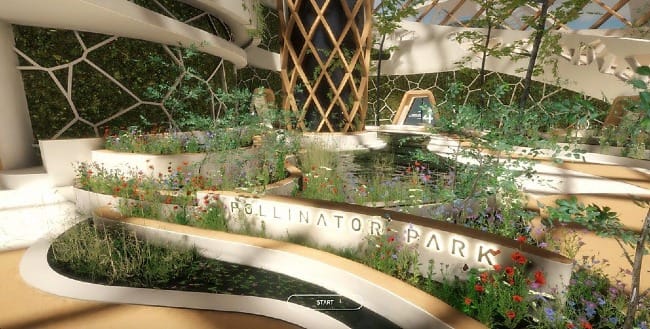
The story in Pollinator Park isn't complicated. Set in Europe in 2050, following a cascade of ecological crises, the world's pollinating insects have been wiped out, along with healthy ecosystems and a variety of flora. In the midst of this desolation is Pollinator Park, created by the fictional character Dr. Beatrice Kukac, who, from her father, has learned to care about and for pollinators. Out of that history of care, she creates a safe haven for pollinators and a learning opportunity for the human visitors.
The “architecture” of the virtual park is created by Vincent Callebaut, an "archibiotect" who designs and builds some of the greenest buildings in the world —structures that imitate native biological systems and produce their own power. Some examples of his work are a carbon-absorbing tower in Taipei and a building inspired by rainbow eucalyptus trees.
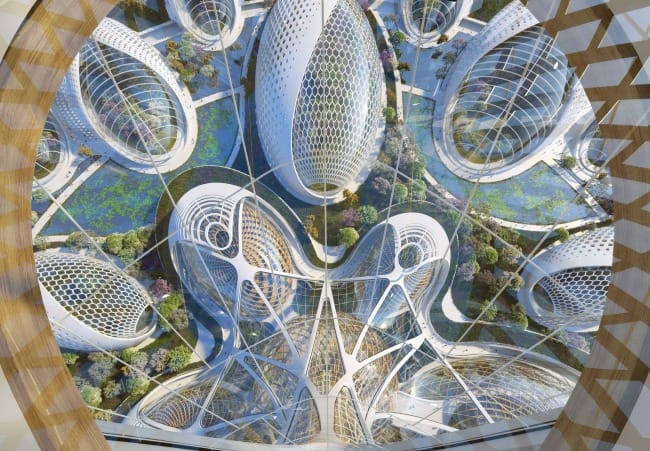
Pollinator Park, is, in architectural terms, "unbuilt," being only an imaginary structure in a virtual system. Its design was inspired by plant pollination, with parts of the building structure evoking the sexual reproduction method and parts of plants.
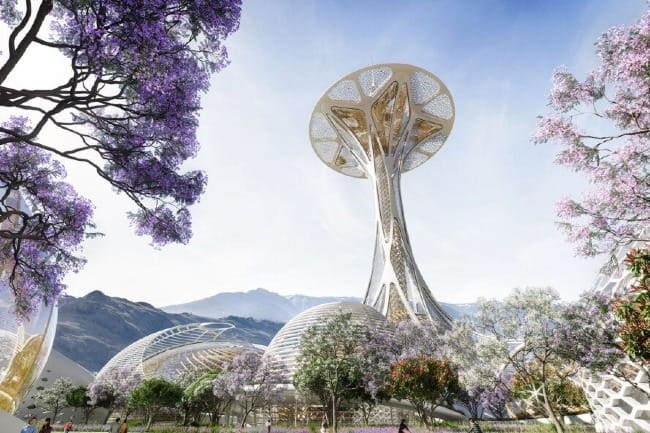
In Central Park, which is the core of the entire park, female plant organs function as the template for the design. The educational spiral-structured biodomes inside represent plant ovaries and the observation platform that rises in the sky, mimics the stigma.
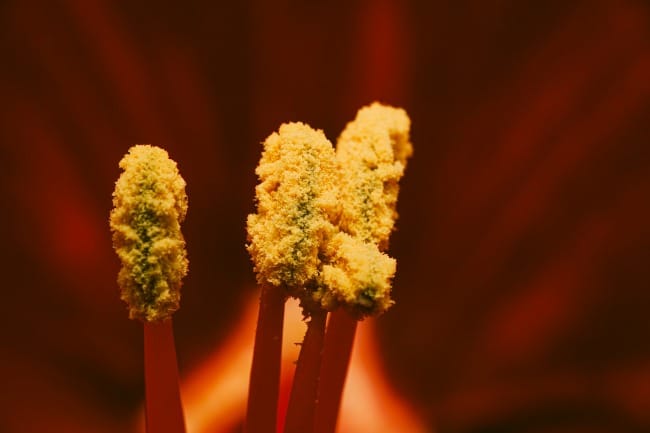
Stretching out from this is center are the Farmlands, honeycomb-structured biodomes which house the agriculture of this future vision. Their design is inspired by anthers, the male organs of a flower covered with pollen grains, and these biodomes radiate outward from the center of the design.
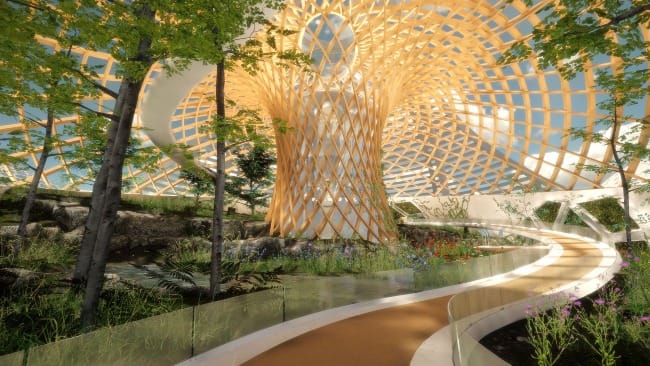
Pathways, kiosks, signage, strategically placed planters, and audible storytelling guide the user's journey in a way that includes both direction and the possibility for exploration. "Park visitors" discover the story of the fictional founder, learn about pollinators, learn about pollination by "doing" it themselves, and explore a grocery story that teaches what happens to our food when pollinators disappear.
I learned some things about pollinators on my own trip through the Park—including what flower structure draw which particular pollinators. I found the market section disquieting, watching the food disappear as pollinators disappeared from 2020 through 2050. Since one third of our food depends upon the survival of pollinators, there are a lot of empty shelves at the end of 2050.
Navigating the Pollinator Park through the website was, I'm sure, a very different experience from what it would be like using the virtual reality headset. If any of you try that, I would love to hear about your experience.
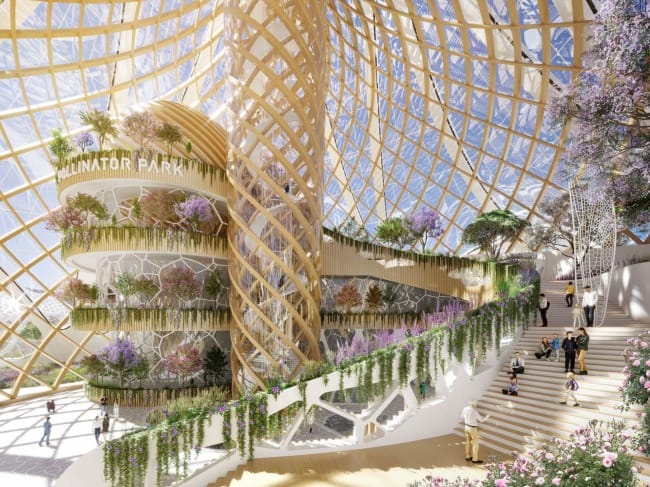
"Walking" through Pollinator Park with its lush plants and pollinators (and sunlight), provides a visual reminder of just how beautiful the natural world is in current times. Outside our homes, it buzzes all around us, very different from mere print on a page (or a computer screen). It might make a person wonder—why not just build a physical Pollinator Park, rather than a virtual one?
Yuri Matteman, Head of Education at Naturalis Biodiversity Centre in the Netherlands explains it this way, “If you want people to fall in love with nature and empower them to act, you can't only do that in a museum. You have to connect with people where they are.” Since so many people spend so much time online, online is a logical place to begin this type of exposure.
Pollinator Park has the effect of reminding one of the living reality it is pointing to. For those who immerse themselves in Pollinator Park, there is a reminder that the world is an amazing, vulnerable, interconnected, beautiful place which we all must care for and help thrive.
In addition to the aesthetics of the game, which are artfully done, there are frequent tips and hand-on lessons on how to protect and nurture pollinators, education about what they depend on, how they have been harmed, how they can be helped. There are several opportunities to virtually try out a particular practice that can be taken into the real world after leaving the virtual one.
If a trip through Pollinator Park opens up people's eyes to the flying bees, butterflies, moths and other pollinators around them, its goal of raising awareness and appreciation has a chance of being accomplished.
Reflection Questions: Are there practices you can try out to encourage pollinators where you live?
Feel free to comment below or contact me directly at info@circlewood.online.
Louise
